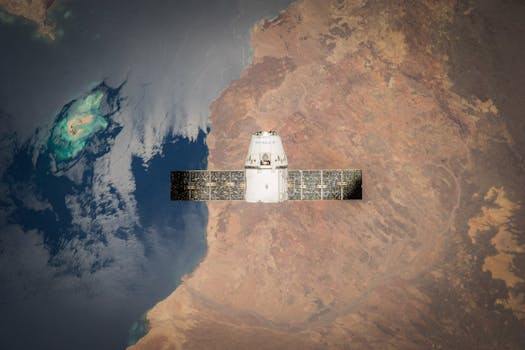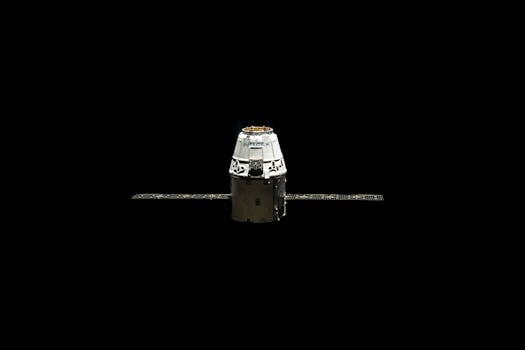The Rise of Mega-Constellations: Latest Updates in Satellite Telecommunications
The rise of mega-constellations is a significant development in the satellite telecommunications industry, with several companies launching thousands of small satellites into low Earth orbit to provide global internet connectivity. Mega-Constellations and Satellite Telecommunications are the focus of this article, as they are transforming the way we communicate and access information. At the forefront of this revolution are companies like SpaceX, OneWeb, and Amazon’s Kuiper Systems, which are investing heavily in the development and launch of these mega-constellations.
The concept of mega-constellations is not new, but recent advances in technology have made it possible to launch and operate large numbers of small satellites at a relatively low cost. These satellites are designed to provide high-speed internet connectivity to remote and underserved areas, as well as to support the growing demand for data transmission and communication services. The use of mega-constellations is expected to have a significant impact on the telecommunications industry, enabling the provision of high-speed internet services to millions of people around the world.
SpaceX’s Starlink Constellation

One of the most prominent players in the mega-constellation market is SpaceX, which has launched over 1,000 satellites as part of its Starlink constellation. The Starlink system is designed to provide high-speed internet connectivity to remote and underserved areas, with the goal of bridging the digital divide and enabling global access to information and communication services. SpaceX has already begun testing its Starlink service, with initial results showing speeds of up to 1 Gbps and latency as low as 20 ms.
The development of the Starlink constellation is a complex and challenging task, requiring significant investment in technology, infrastructure, and personnel. However, the potential rewards are substantial, with the global satellite telecommunications market expected to reach $10 billion by 2025. SpaceX is not the only company investing in mega-constellations, with OneWeb and Amazon’s Kuiper Systems also launching their own constellations in the coming years.
OneWeb’s Constellation

OneWeb is another company that is investing heavily in the development of mega-constellations. The company has launched over 100 satellites as part of its constellation, with the goal of providing high-speed internet connectivity to remote and underserved areas. OneWeb’s constellation is designed to provide global coverage, with the company planning to launch over 600 satellites in the coming years.
The development of OneWeb’s constellation is a significant undertaking, requiring significant investment in technology, infrastructure, and personnel. However, the potential rewards are substantial, with the company expecting to generate significant revenue from its satellite telecommunications services. OneWeb’s constellation is designed to provide a range of services, including broadband internet access, mobile connectivity, and data transmission services.
Regulatory Environment

The development of mega-constellations is not without its challenges, with regulatory issues being a significant concern. The launch and operation of large numbers of satellites require significant coordination and planning, with regulatory bodies such as the Federal Communications Commission (FCC) playing a crucial role in overseeing the development of the satellite telecommunications industry. The FCC has established rules and regulations to govern the development and operation of mega-constellations, including requirements for satellite design, launch, and operation.
Despite the challenges, the development of mega-constellations is expected to have a significant impact on the telecommunications industry, enabling the provision of high-speed internet services to millions of people around the world. The use of mega-constellations is also expected to support the growth of emerging technologies such as the Internet of Things (IoT), artificial intelligence (AI), and 5G networks. As the satellite telecommunications industry continues to evolve, it is likely that we will see significant investment and innovation in the development of mega-constellations and related technologies.
See more:
